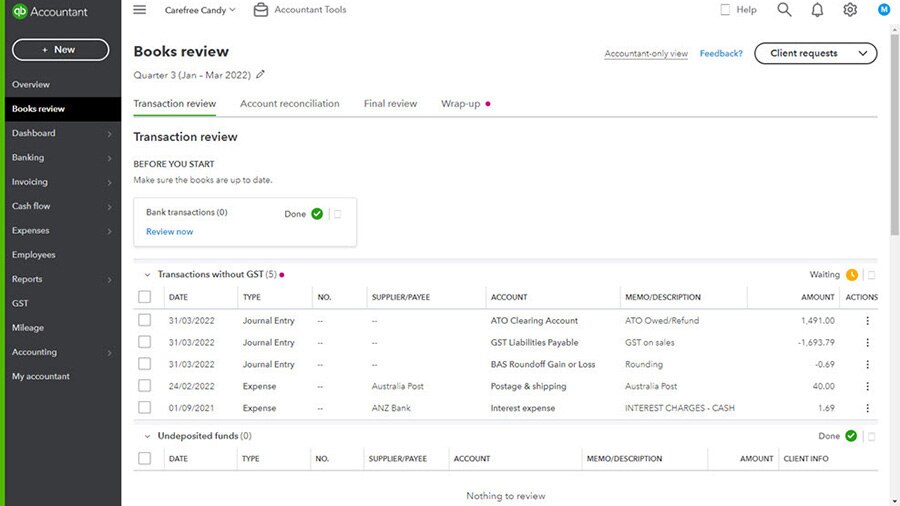Net revenue vs. gross margin vs. net income
Your management department may make decisions on whether to continue selling a product based on the gross margin of the good. Although net revenue and gross margin are useful internal figures, external parties care most about net income. Because net income incorporates all expenses, it’s the only figure that truly encompasses all operations of a business and is helpful for providing an overall picture of your financial health.
Net revenue and gross margin are particularly helpful internally, as they help you make business operating decisions. If there’s a significant difference between revenue and net revenue, you may want to look into what’s eating into your earnings.
Are your discounts too generous? Could a large number of returns indicate that there is a production problem that is impacting product quality? Analysing net revenue can help you identify these opportunities for improvement.
Similarly, gross margin can help you make decisions about setting prices and managing costs. If you have a slim gross margin, you might consider seeking a cheaper supplier, cut costs by streamlining production, or raise prices to increase revenue.
Ultimately, all three figures are important to know because they reflect different positions of a company.
Net revenue only looks at money you earn, gross margin only looks at product or service activity, and net income looks at everything.
These figures also help you measure your company’s financial health when you factor them into profitability ratios, which are measurement tools that give you even further insight to aid your decision-making.
Tracking these three figures gives you useful information that helps you make the best possible decisions for your company. Using an accounting system, such as QuickBooks Online, you can generate a Profit and Loss statement automatically. Learn how today.

















